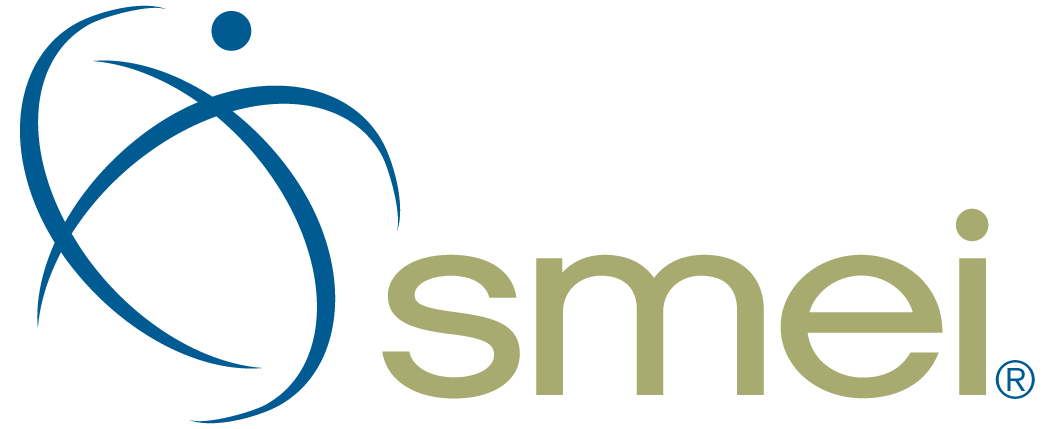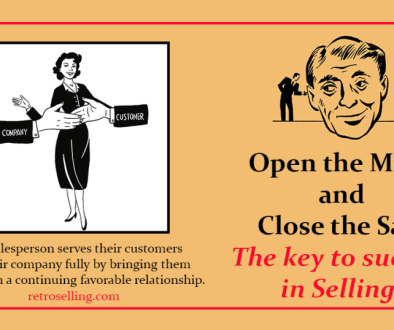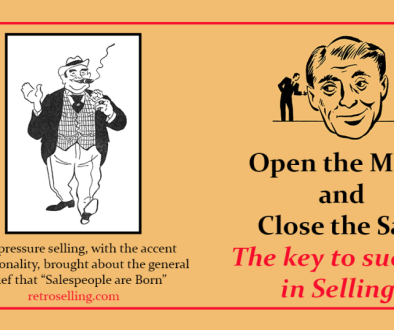The Best Sales Promotion, Before, During and After
The Best Sales Promotion, Before, During and After
The objective of the best sales promotion is to increase sales for a particular product through stimulating additional demand for the product. The end goal is to generate revenue over and above the standard. And the intent is almost always a short-term gain, unlike some marketing strategies that are designed to create customer loyalty, brand awareness and long-term return on investment. Successful promotions are the ones that have struck a chord with the intended audience and have met the desired results of increased business. Companies replace the non-performing promotional activities with performing ones to maximize the benefit.
What is it that makes some campaigns successful and others not? Here we dissect the variables involved pre-promotion, during and after the promotion. Usually, a particular successful promotional campaign may not have had all the factors described here, but a majority of them have. A careful analysis of such ingredients can help companies replicate the successful promotions and roll them out in another market or on a wider scale in the same market. On the other hand, the strategies that worked in the past may not necessarily work out in the future. So, it is recommended to exercise caution.
The primary variables involved in all promotional activities are the product, the market, the channel, the competition, and the budget. We examine the dynamics of each of these before the promotion, during and after the promotion.
Pre-promotion
- Product: A promotional activity narrowly targets a small subset of the larger target market. The campaign should take into consideration what benefit of the product would appeal to the audience. The promotion should highlight that feature that closely corresponds to that interest.
- Market: Understand the dynamics of the target audience and the stage in the product lifecycle. For example, how often does this market use the product? Conduct a preliminary research on the demographics and behavioral patterns of the market. Learn the cultural nuances of the area.
- Channel: Depending on the target market decide on the mode of delivery that would most appeal to the target market. Then consider a variety of channels that would help meet the promotional goals. For example, retail outlets, malls, media, community centers, event venues, etc.
- Competition: Find out if a direct or an indirect competitor has done a similar sales promotion. If so, what was the outcome? If the promotional activity has produced disappointing results, then there is no point in replicating it in the same market. It would end up in a waste of resources.
- Budget: Work out every element of the promotion that would incur a direct and variable cost. It would be ideal if some partners can bear some costs or if other stakeholders involved could share them in return for a benefit. Agree upon the cost-sharing model in advance with all concerned.
During the Promotion
- Product: Start a conversation with the customer through different media outlets before the promotional deal and communicate with them about the product’s features and benefits. Asking for personal references can work for high ticket items. Social media campaigns are very effective ways to hold a prominent position in people’s minds.
- Market: Rather than a mass approach, acknowledge and re-engage with old customers as well as encourage new customers to try the product by offering free samples and demonstrations. Direct marketing in certain markets and products is a highly efficient way to reach out to high net worth individuals.
- Channel: Help the customers make purchase decisions by making the product available as and when they require it using various channels. Motivate them to buy it by bringing the product to their doorstep. Try personal selling if appropriate when the customer appreciates a direct interaction on a one to one basis.
- Competition: Differentiate the product from the rest. Provide technical information to the prospects on why the product is different. Emphasize on those qualities and advantages that allow the customers to ask relevant questions rather than giving a sales pitch. If possible, distribute special coupons with expiration dates.
- Budget: For budget-constrained clients who show a serious interest in the product offer friendly payment terms in liaison with the local financial institutions. Create and foster brand loyalty by giving them various options on how they can conveniently get hold of the product. Offering them special deals is also a good way to seal deals faster.
Post-promotion
- Product: Conduct a post-promotion analysis on what worked and did not work within the targeted audience. Consider what other benefits of the product were appealing. Fine-tune and replicate the ones that worked and discard the ones that did not.
- Market: Make a note of the receptiveness and rejection of the customers to the product features. Create a qualified database of the old customers as well as the new ones in the market. Tweak the product if necessary and possible to adapt to the cultural sensitivity.
- Channel: During the next promotion consider using only those modes of delivery and the channels that were beneficial and that brought the greatest return on investment. Do a survey directly with the first-time purchasers and regular purchases on the preferred usage of a channel.
- Competition: Do a competitive analysis on other companies who are selling similar or augmented products. Rather than competing headlong, work out strategic partnerships to leverage the sales. Some tactical alliances with local partners can even bring the production cost down for both parties.
- Budget: Calculate the cost incurred to carry out the promotion. Compare that to the incremental sales revenue obtained purely by carrying out the campaign. Work out the benefits and risks of the cost-sharing model. Post-promotion phase is a good time to evaluate the mode of payment most preferred by the target market.
The following matrix can help while doing a post-promotion analysis. The information filled out can be useful in designing an improvised promotion the next time.
| Pre-promotion | Promotion | Post-promotion | |
| Product | |||
| Market | |||
| Channel | |||
| Competition | |||
| Budget |
Photo Credit: Roman Kraft




